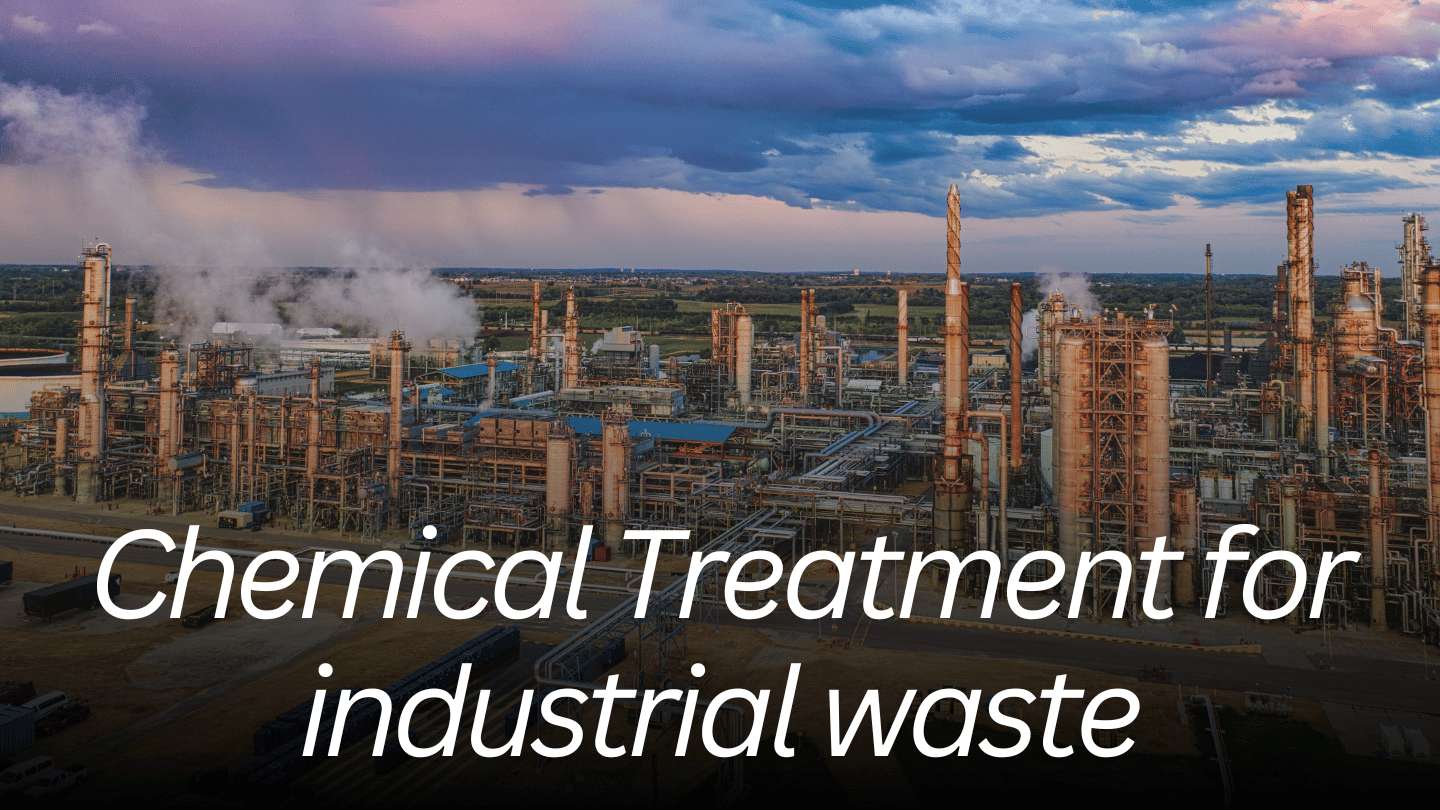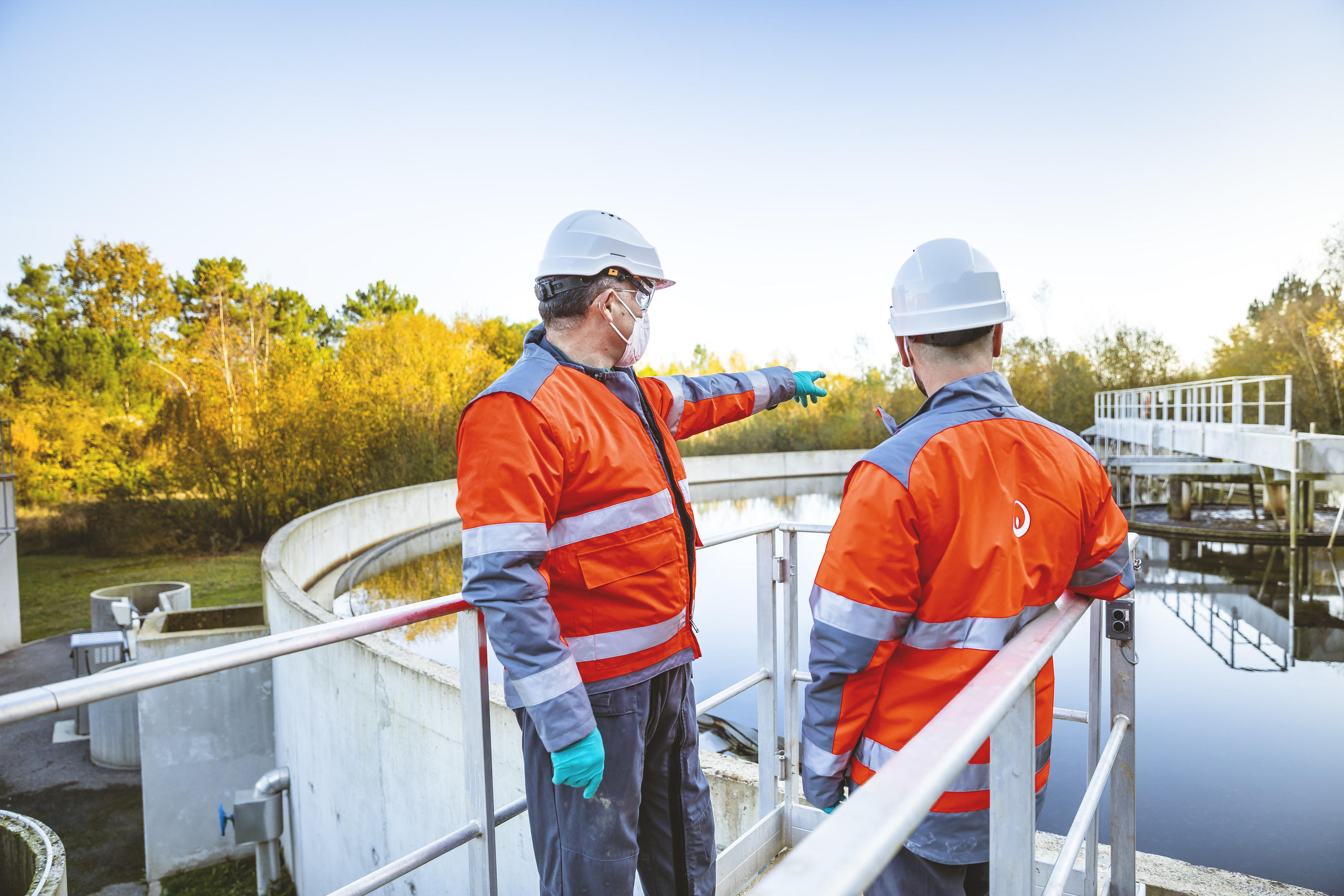Industrial Waste Water Treatment-- Industrial-Grade Water Purification and Filtering Solutions
Obstacles and Solutions in Hazardous Waste Water Therapy
The therapy of industrial wastewater offers a diverse selection of obstacles, varying from rigorous governing conformity to the ins and outs of price monitoring and technological constraints. The irregularity in waste make-up better complicates the effectiveness of conventional treatment methods, usually causing intensified operational expenses. Nonetheless, emerging services such as innovative oxidation procedures and ingenious funding versions show promise in resolving these issues. As markets grapple with the demand for lasting practices, the question continues to be: what approaches will ultimately lead to an equilibrium in between conformity, cost-efficiency, and ecological obligation?
Regulatory Conformity Obstacles
Exactly how can industrial centers browse the facility landscape of governing conformity in wastewater treatment? The regulative structure controling wastewater management is complex, commonly differing by jurisdiction and kind of sector. Facilities should comply with federal, state, and regional guidelines that determine effluent quality standards, discharge limits, and tracking requirements. Failure to abide can result in serious fines, consisting of penalties and operational closures.
To successfully manage these compliance difficulties, centers need to carry out durable tracking and reporting systems that guarantee real-time data collection and evaluation. Regular audits and danger assessments can recognize potential conformity voids, permitting positive adjustments in treatment procedures. Staff member training programs concentrating on regulative understanding and ideal practices are necessary to promote a society of conformity within the company.
Additionally, involving with regulative agencies can supply beneficial insights and clear up unclear laws. Facilities might also benefit from seeking advice from environmental specialists who focus on wastewater treatment conformity, making sure that they remain abreast of progressing laws. By embracing these methods, commercial facilities can not only fulfill conformity requirements yet also enhance their functional performance and environmental stewardship.
Cost and Economic Barriers
Navigating regulatory compliance in wastewater therapy usually offers substantial financial obstacles for commercial centers. The costs connected with carrying out necessary therapy technologies, keeping compliance with stringent policies, and handling operational expenditures can be discouraging. Numerous organizations encounter high first capital expenses for the building or updating of wastewater therapy plants, which might stress budgets, particularly for medium-sized and small enterprises.
Moreover, continuous operational costs, consisting of chemical, upkeep, and labor inputs, add to the monetary concern. The changability of rising and fall power rates and the possible requirement for extra investments to meet progressing laws aggravate these financial pressures. In a lot of cases, the lack of monetary incentives or support from federal government bodies makes it much more tough for organizations to justify financial investments in sophisticated therapy systems.
Additionally, the economic stability of wastewater treatment remedies is usually questioned, specifically for sectors with limited revenue margins. It is vital for commercial centers to discover cost-efficient methods, such as adopting innovative funding alternatives, involving in collaborations, and leveraging arising technologies that can help minimize these financial obstacles while making sure compliance with ecological requirements.

Technological Limitations
Many technological limitations impede the effectiveness of commercial wastewater treatment procedures. One significant difficulty is the insufficiency of existing therapy technologies to attend to intricate contaminants.
Furthermore, the scalability of therapy innovations postures an obstacle. While some innovative methods, like membrane filtration or advanced oxidation, reveal assurance in controlled settings, their implementation on a larger scale can be practically challenging and much too pricey. Maintenance and operational intricacies further complicate the fostering of these systems, particularly for smaller markets with restricted technological competence.
The assimilation of real-time surveillance innovations also continues to be insufficient in lots of treatment facilities. Without effective tracking systems, operators can not effectively analyze therapy performance or identify prospective failings, resulting in inconsistent effluent top quality. Subsequently, dealing with these technical restrictions via research and development, together with financial investment in ingenious remedies, is essential for improving the effectiveness of commercial wastewater treatment and ensuring regulative conformity. Industrial Waste Water Treatment.
Variability in Waste Make-up
In the world of commercial wastewater treatment, the variability in waste composition offers a powerful difficulty. Industries generate wastewater with varied qualities, influenced by elements such as production procedures, resources, and functional techniques. This diversification complicates the treatment process, as conventional systems typically struggle to successfully deal with the wide variety of contaminants existing.
For example, wastewater from food handling may contain high levels of raw material, while effluents from chemical production can consist of hefty metals and harmful materials. This variation necessitates adaptable therapy methods to make sure compliance with environmental policies and shield public health. In addition, changes in waste structure can happen over time, affected by modifications in manufacturing routines, upkeep activities, or the intro of brand-new products.

Cutting-edge Treatment Solutions
Cutting-edge treatment remedies are important for attending to the complexities of industrial wastewater administration. Typical techniques frequently drop brief in properly getting rid of a variety of impurities, especially in facilities with diverse effluent streams. Recent innovations concentrate on incorporating advanced innovations to enhance treatment efficiency and sustainability.
One appealing strategy is the use of advanced oxidation procedures (AOPs), which leverage powerful oxidants to deteriorate organic pollutants. AOPs, including photocatalysis and ozonation, can dramatically minimize poisonous substances and boost effluent top quality. Furthermore, membrane layer bioreactor (MBR) modern technology has actually acquired grip, combining organic treatment with membrane layer filtering, causing top quality address effluent and decreased impact.
Another ingenious remedy is the implementation of resource healing systems. Methods like anaerobic digestion not only treat wastewater but additionally create biogas, which can be taken advantage of as a renewable energy source. Moreover, the adoption of artificial intelligence and device discovering versions can optimize treatment procedures by forecasting variations in wastewater composition, thereby enhancing functional effectiveness.
These ingenious remedies not only address governing conformity yet additionally advertise environmental sustainability, leading the method for a much more resistant and reliable commercial community.
Final Thought
In verdict, addressing the challenges of commercial wastewater therapy calls for a multifaceted technique that integrates governing compliance, cost management, and technical improvements. A dedication to constant enhancement in therapy approaches will eventually add to the efficient management of industrial wastewater and environmental defense.
The therapy of industrial wastewater provides a multifaceted variety of obstacles, ranging from stringent regulatory conformity to the details of price management best site and technical restrictions. Industrial Waste Water Treatment.Navigating regulative conformity in wastewater treatment frequently presents significant financial difficulties for commercial centers. Resolving these technological constraints with study and growth, alongside financial investment in ingenious solutions, is vital for improving the efficiency of commercial wastewater therapy and guaranteeing regulatory compliance
Wastewater treatment facilities have to spend in robust monitoring systems and adaptable treatment technologies capable of accommodating varying influent characteristics.In conclusion, addressing the difficulties of industrial wastewater treatment calls for a multifaceted approach that integrates regulative conformity, cost monitoring, and technical developments.